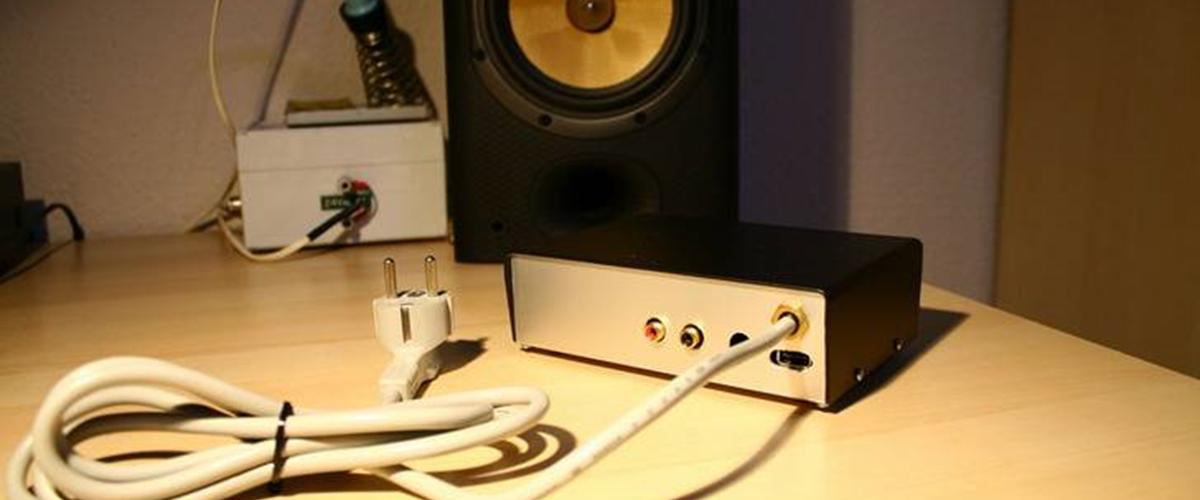

I bought it 5+ years ago so it is long in the tooth and it was costly at the time ($500). In the case of S/PDIF I am using an external USB to S/PDIF converter from Audiophilleo. The source is my usual HP z series laptop. Here is their performance on the venerable J-Test signal at 48 Khz/24-bit. I had to dig deep in my stash of DACs to find the ones that still have S/PDIF input. Alas, USB seems to have taken the market by the storm and increasingly DACs have only USB input. So let's see measure the performance of S/PDIF and DAC on the same USB and see how they differ. Fortunately this has also been sorted out for the most part and in high performance DACs it simply is not an issue. Dedicated processors are used to implement it and if not isolated from the sensitive DAC analog circuit (including its clock), we can still get polluted output. Yes, there is some risk of noise here as USB is a much more complicated interface than S/PDIF. Using asynchronous mode USB, the DAC can set the cadence using a high-performance clock and force the source, in this case a computer or streamer, to follow it.

Still, there is no reason to have this antiquated architecture. Fortunately over the years S/PDIF interface has been perfected a lot and even in low cost implementation it can be excellent. This means that if the source S/PDIF signal is not very clean, it can impact target DAC performance. Problem with S/PDIF is that it makes the source the "master," forcing the DAC to chase its timing. But just in case, I believe USB to be a superior and more "correct" interface for audio. I think most of you know my opinion on this. And that makes USB noisier and less desirable interface. It has been said that S/PDIF was designed for audio whereas USB is a computer interface. I was recently asked about merits of S/PDIF versus USB for audio DACs.


 0 kommentar(er)
0 kommentar(er)
